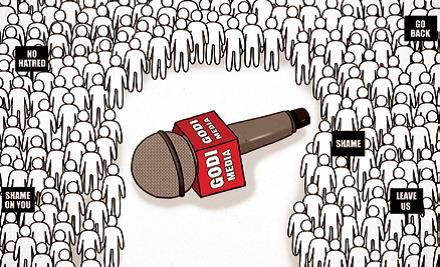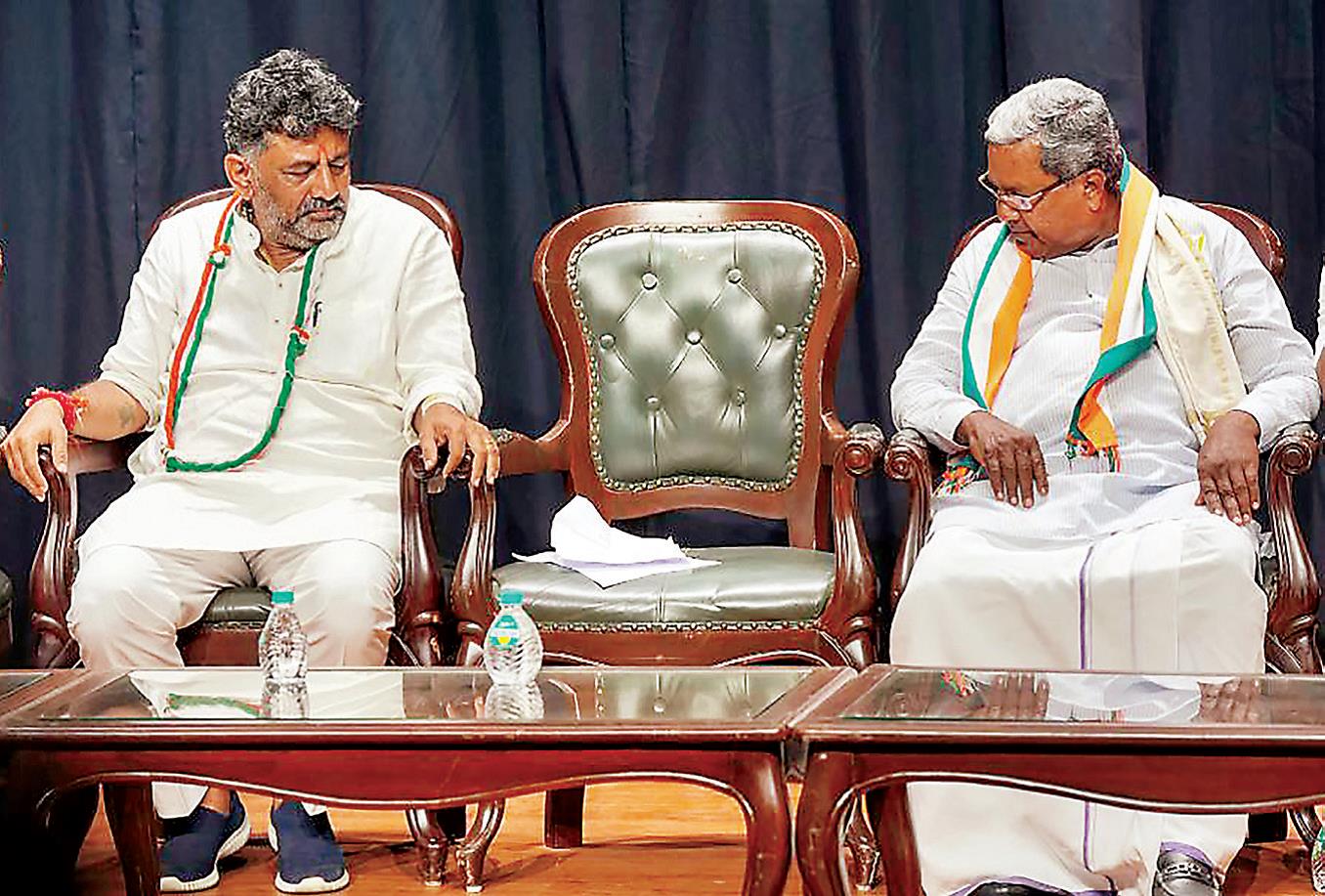
Time for 'Godi media' to soul-search as over 40 crore Indians reject their propaganda
Bengaluru, NT Bureau: The recent general election results have clarified a longstanding concern.
According to the Election Commission of India, 64.2 crore Indians voted in the 2024 general elections, with 36.6 percent, or approximately 23.5 crore, casting their votes for the Bharatiya Janata Party (BJP), which has governed the country for the past decade.
Tuning into many of India’s roughly 400 news channels, it often appears that these 23.5 crore BJP supporters are the primary audience.
Assuming all these voters watch television, they constitute less than a third of the total TV audience, which is nearly 900 million, based on Broadcast Audience Research Council data, as reported by Business Standard. A similar trend is observed in the print media.
Prominent national newspapers, particularly those in English and Hindi, seem to cater significantly to the preferences of these 23.5 crore individuals.
This group represents just over half of the 42.1 crore people who read newspapers, as indicated by the latest Indian Readership Survey. It’s important to note that many individuals might engage in both reading newspapers and watching TV, leading to a substantial overlap of these numbers.
The puzzle lies in the apparent neglect of the 40.7 crore people who voted for other parties. Over the past decade, this segment has been largely ignored by mainstream media.
When considering the entire population of India—excluding children under 14—the narrow focus of news channels becomes even more perplexing. This selective reporting has created a significant information gap.
Whether as voters or non-voters, the information we receive influences our opinions on various issues, including education, health, civic matters, and national or inter national af fairs.
Mainstream media, with its extensive reach, is the primary source of this information. However, for nearly ten years, only one narrative has dominated, sidelining many other stories that India, with its vast diversity, has to offer.
Stories on rural distress or the jobs crisis are rarely covered, leading to surprise or disbelief when conflicting narratives emerge. This has subjected the entire nation to the confirmation bias of a single news consumer group, fostering a growing information vacuum.
Nature abhors a vacuum, and this gap has been increasingly filled by online platforms where entry barriers are lower than in TV or print. The decline in data prices since 2016 has further accelerated the growth of online content consumption.
According to Comscore, over 523 million Indians used high-speed internet to watch videos, read, or consume news online as of January 2024.
Online, the dominance of any single demographic is absent. Alongside the online presences of major newspapers and news networks, numerous hyper-local, local, and international websites, YouTube channels, short video apps, and individuals offer diverse opinions and information.
Although their reach individually ranges from 5 to 25 million followers, collectively they have made a significant impact.
As the election results came in on June 4, independent news voices like Ravish Kumar, Dhruv Rathee and websites like Alt News, The News Minute, The Wire, The Quint, Newslaundry, Scroll, Khabar Lahariya, and others were lauded.
It seemed as though they had influenced the election outcome in favour of other parties. However, these entities aimed to provide a range of perspectives in a homogenised news environment.
Whether one agrees with them or not, they offered views from outside the echo chamber that caters primarily to 16.7 percent of India's population.
This election may prompt mainstream media to recognise the diverse Indian audience as viable news consumers. Beyond the moral imperative, there is a strong business case for this shift.
By ignoring a large market for nearly a decade, mainstream media lost credibility with many Indians, opening the door for others to claim this audience. It's time for mainstream media to start listening to these voices.
 English daily published in Bengaluru & Doha
English daily published in Bengaluru & Doha


.jpg)

.jpg)
.jpg)
